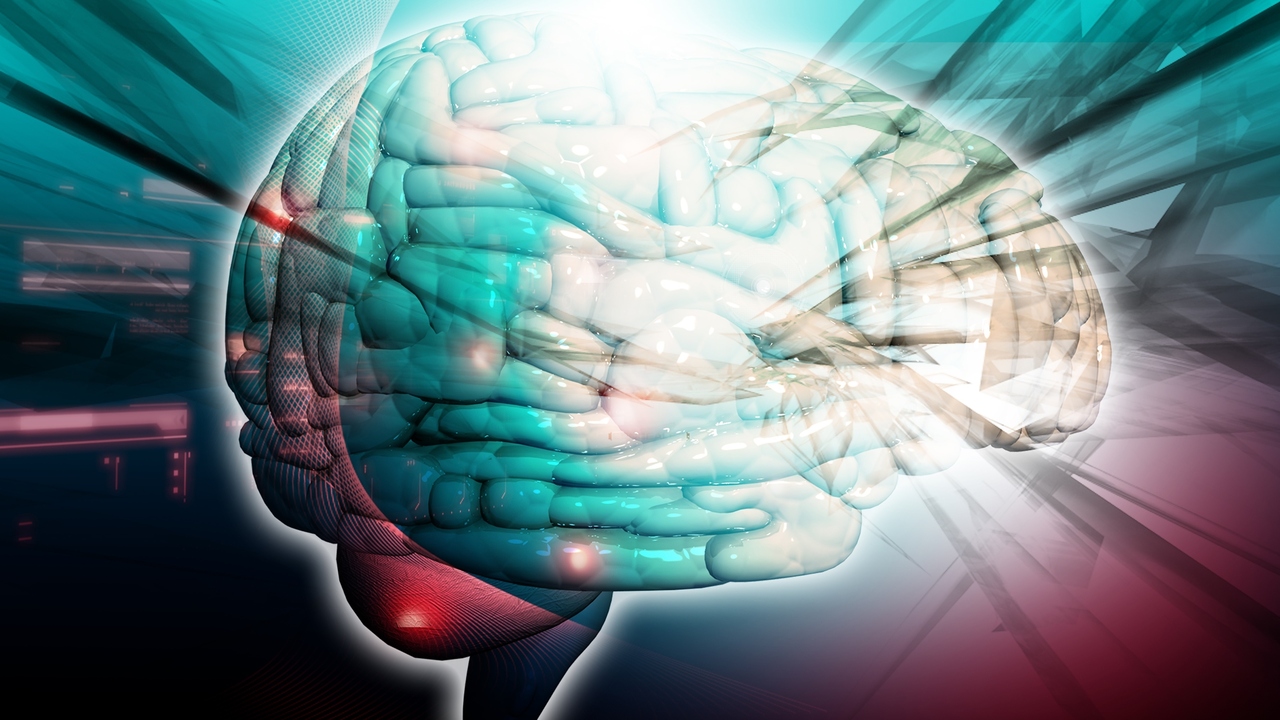 Photo: Getty Images
Photo: Getty Images
In the United States, 6 million non-institutionalized adults have had a stroke, according to the Centers for Disease Control and Prevention. A person suffers from a stroke when the blood supply to an area of the brain becomes disrupted.
The two major forms of stroke include ischemic strokes and hemorrhagic strokes. If a person has an ischemic stroke, the blood flow disruption is caused by a blood clot: the blood clot may form in and block an artery (thrombotic stroke) or the blood clot may travel up and block an artery (embolic stroke), noted MedlinePlus. If a person has a hemorrhagic stroke, then a blood vessel has burst, resulting in bleeding in the brain, which damages nearby cells. The National Institute of Neurological Disorders and Stroke pointed out that hemorrhagic strokes make up around 20 percent of total strokes.
Patients who survive a stroke can have several complications, which depend on where in the brain the blood flow was disrupted. One such problem is dysphagia, or difficulty swallowing. A patient with dysphagia may not be able to swallow at all, or she may have difficulties when it comes to swallowing saliva, foods or liquids safely, according to the National Institute on Deafness and Other Communication Disorders. Dysphagia may cause a patient to breathe food into her airway, called aspiration. Having food breathed into the airways can result in bacteria growth, leading to pneumonia.
In a press release from the American Heart Association, a study published in Stroke: Journal of the American Heart Association found that a non-invasive brain stimulation technique called Transcranial Direct Current Stimulation, or tDCS, helped improve swallowing in patients who has suffered a stroke. With this type of therapy, the patient has electrodes put on her scalp, with the electrodes sending an electrical current to the brain. The study, which was conducted at Beth Israel Deaconess Medical Center in Boston, Massachusetts, included 14 patients who had had an ischemic stroke within the past seven days. The patients were randomly assigned to two groups: one group that received tDCS and a control group that received “sham stimulation,” in which they “were prepped as if they are going to receive tDCS but did not,” according to the press release.
The researchers found that patients who received tDCS had an improvement in their swallowing: on a seven-point scale to rate their swallowing, patients in the experimental group had an improvement of more than 2.5 points, compared to a slightly above one point improvement in the control group. As this was a pilot study, future studies can look into this technique with a large sample size.
This non-invasive technique is a change from current treatments for dysphagia. For example, to prevent aspiration, patients may tuck in their chins when eating or change how they prepare their foods. The National Institute on Deafness and Other Communication Disorders noted that in some cases, patients with dysphagia may require surgical interventions to make sure their get the nutrients they need.
References
CDC/National Center for Health Statistics. FastStats – Cerebrovascular Disease or Stroke. Centers for Disease Control and Prevention, 2011. Web. 18 April 2011
http://www.cdc.gov/nchs/fastats/stroke.htm
A.D.A.M. Stroke. MedlinePlus Medical Encyclopedia, 2011. Web. 18 April 2011
http://www.nlm.nih.gov/medlineplus/ency/article/000726.htm
National Institute of Neurological Disorders and Stroke. Stroke: Hope Through Research. 2011. Web. 18 April 2011
http://www.ninds.nih.gov/disorders/stroke/detail_stroke.htm
National Institute on Deafness and Other Communication Disorders. Dysphagia. 2010. Web. 18 April 2011
http://www.nidcd.nih.gov/health/voice/dysph.asp
American Heart Association Rapid Access Journal Report. Non-Invasive Brain Stimulation May Improve Swallowing After Stroke. American Heart Association. 2011. Web. 18 April 2011
http://www.newsroom.heart.org/index.php?s=43&item=1296






Add a CommentComments
There are no comments yet. Be the first one and get the conversation started!